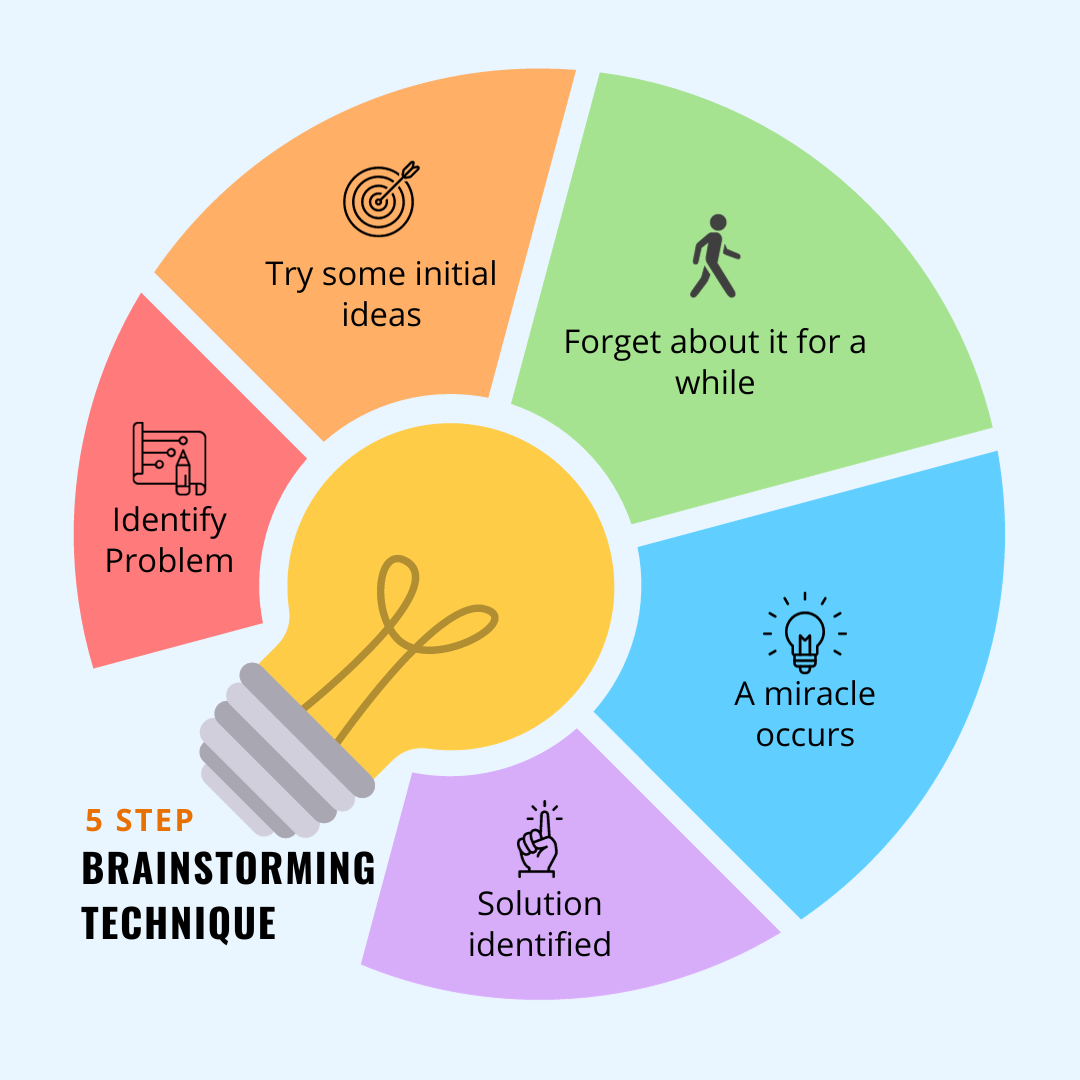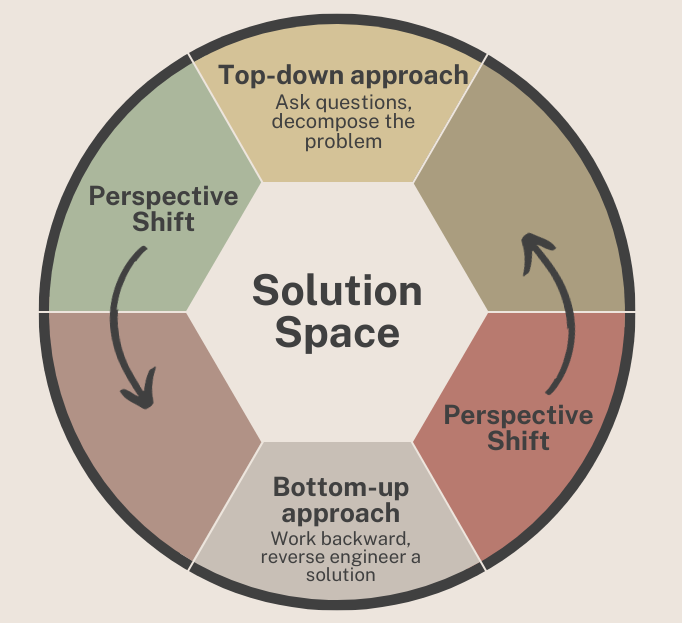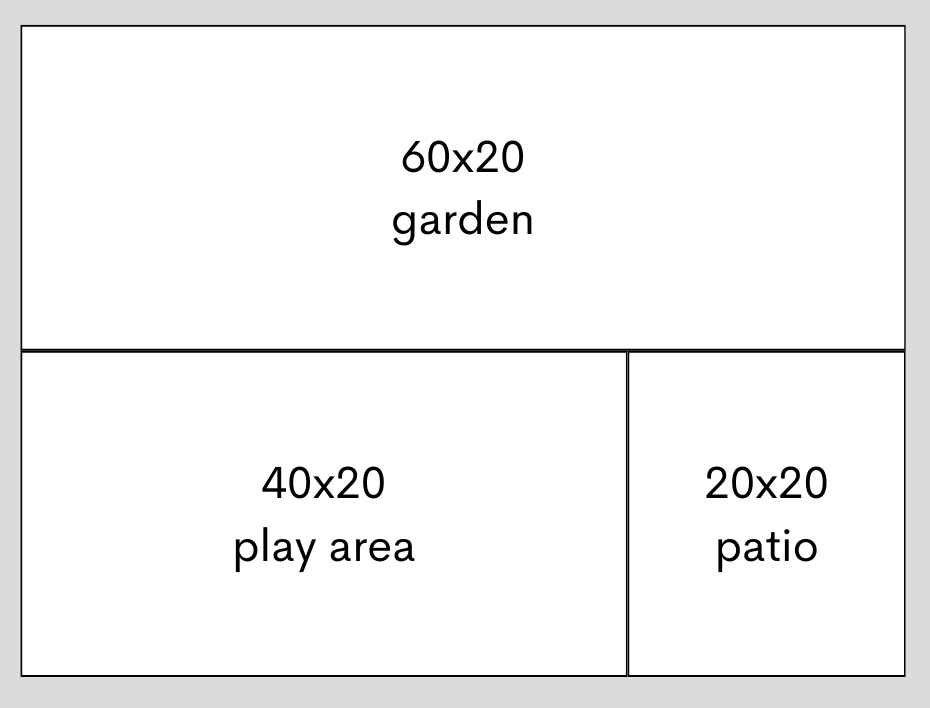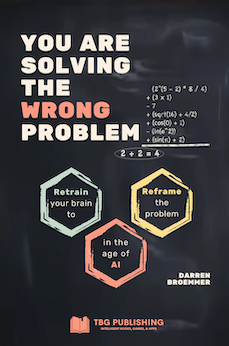From the book "You are Solving the Wrong Problem"Chapter 11: From Complex to Simple
Most geniuses — especially those who lead others — prosper not by deconstructing intricate complexities but by exploiting unrecognized simplicities. -Andy Benoit
How did battery researchers go from a difficult problem to a simple solution? First, they attempted solutions involving the addition of a mechanism to cool off the battery. While these approaches had potential, they also added materials to the design. This increased the complexity.
Complexity bias is the tendency to think complex solutions are likely better than simple ones. If something is so simple, could it really be the best answer? Wouldn't something simple be better? In fact, studies show that we like a medium level of complexity.
- A 2014 study by Sizemore & Lewandowsky in the Journal of Cognitive Psychology found a preference for moderate complexity when evaluating scientific theories and evidence. Theories that were too simple or too complex were rated less favorably.
- A series of studies by Nadal et al. in 2010-2012 found an inverted U-curve for visual art, music, and design. Respondents preferred medium levels of complexity over low or high complexity.
There were various issues with the production of the original complex battery designs. As a result, engineers investigated other options. They were able to convert a complex problem into a simpler one. They considered that surface area allows for heat dissipation. Thus, more surface area, more heat loss. More pathways also lead to better airflow. The advantage of folding the layers was simplicity. They didn't need to add any materials. The existing battery layers were restructured. They reframed the problem as shown below.
| Problem | Statement |
|---|---|
| Initial | How to cool off internal battery layers |
| Reframed | How to facilitate heat dissipation |
The path from complex to simple required a shift in perspective. Perspective-shift scenarios are often accompanied by a "why didn't I think of that" response. The solution seems obvious once you see it. You probably have experienced this before. This is called hindsight bias. Something that used to appear complicated now seems obvious after you learn about it. The only thing that changed was your level of knowledge and perspective.
Changes in perspective are stimulated using active critical thinking followed by passive, unconscious processing.
The role of the unconscious mind
How do inventors come up with their ideas? What leads to the infamous "Aha!" moment? Is that magical moment reproducible?
It is essential to recognize that a perspective shift may require time. Begin by delving deep into the topic and gaining a comprehensive understanding. Then, take a break. Engage in an activity you enjoy or go for a walk. When you return to examine the problem, you will find it much easier to shift your perspective and uncover elements and insights that were previously unnoticed.
Reframing a problem requires a combination of conscious and subconscious thought, as well as a bit of time. For my swimming problem, I devoted a considerable amount of time to actively thinking about it, studying swim technique, and visualizing my desired outcome. Then, on the day of the swim clinic, everything suddenly came together. My body and mind were finally able to synthesize all that I had learned and put it into practice. The new mindset I had developed allowed me to approach the mental and physical aspects of swimming in the correct way. As a result, I was able to swim like never before. It became apparent that my subconscious mind had been silently working behind the scenes, piecing together all the puzzle pieces.
The subconscious mind is a good problem solver. It uncovers things we otherwise fail to see. This is called the Unconscious Thought Effect. A study by Dijksterhuis (2004) shows that "thinking about a complex problem unconsciously can result in better solutions than conscious deliberation".
Sometimes, the most effective approach is to take a step back and let our minds wander. Upon returning to the problem, we often gain a fresh perspective and notice things that were previously overlooked. It's like a light bulb suddenly illuminating our thoughts.
In these instances, problem-solving can feel almost magical. It seems to occur spontaneously as if it is happening to us rather than being orchestrated by us. When this method proves successful, it is truly gratifying. However, relying solely on this approach is not always sufficient. This problem-solving process is depicted in Figure 5.

This depiction is meant to be somewhat ironic. Nonetheless, the main idea remains that solutions typically do not materialize out of nowhere. We require a systematic and methodical approach.
As humans, we have an innate curiosity that drives us to explore and experiment. We engage in trial and error, attempting different approaches and strategies. Our minds are adept at processing a vast amount of information to facilitate quick decision-making. This ability partly stems from our survival instincts. Additionally, cognitive bias, a concept we will delve into later, plays a role in shaping our thought processes.
Perspective changes do not happen in a vacuum. They cannot solely be attributed to good fortune. They occur because of the seeds planted during critical thinking. We manipulate conceptual puzzle pieces in our brains, without even consciously thinking about it. Our subconscious mind is working, moving the pieces around, and fitting them into place.
It is important to remember that you don't always need a complex solution. In fact, avoid it if you can. The infamous Einstein quote applies here, "Everything should be made as simple as possible, but no simpler." The basic premise behind Tesla's business strategy was not rocket science. That job is left to the folks at SpaceX. The Tesla business plan was based on a simple premise. Convince consumers that Tesla automobiles were more efficient, better versions of the cars they drive now.
Problem-solving philosophies
There are numerous approaches to problem-solving.

The top-down approach is a deductive approach. It begins by clearly defining the problem and then breaking it down into smaller, manageable subproblems. This process of breaking down the problem is repeated until the subproblems are small enough to be easily solved.
To effectively use this approach, it is crucial to ask good questions. These questions should aid in clarifying the problem and identifying subproblems. This recursive process can be continued, or a different approach can be used for each subproblem.
As mentioned earlier, it is important to be relentless in questioning everything during this phase. If you come across an anomaly, it should not be simply dismissed. Avoid being satisfied with an answer like, "Well, that's probably because of so-and-so." Critical thinking demands a deeper understanding.
On the other hand, the bottoms-up approach involves envisioning what the solution would look like and using an inductive approach to infer how to reach that solution. Working backward is closely related to this approach. It is crucial to focus on clearly defining the problem first, especially when there isn't a clear definition at the outset. This is often the case in consulting, where clients recognize that they have a problem to solve but struggle to articulate it. Helping clients define the problem and then assisting them in solving it is part of a consultant's role. A bottoms-up approach is a valuable alternative for complex problems that cannot easily be decomposed from the top down.
It is important to initiate the problem-solving process with a solid understanding of each aspect of the problem and its corresponding solution space. This forces you to genuinely comprehend the problem. Once again, make sure that you can describe it in simple terms, confirming your true understanding.
Remember that you can use a hybrid approach as you iterate through the problem-solving process. You are not restricted to one approach over the other. As an example, the battery engineers utilized a bottom-up approach to envision a battery where heat dissipated easily.
You are a landscape architect

Consider that you have been hired as a landscape architect to design the layout of a rectangular yard for a client. The client's goal is to maximize the usable area within their yard for various outdoor activities. The client wants to divide the yard into different sections for a garden, a play area, and a small patio.
You are given the following constraints:
- The overall dimensions of the yard are 60 feet wide by 40 feet deep.
- The garden should be a rectangular section near the back of the yard. It should take up half of the total space.
- The play area will be a rectangular section adjacent to the garden but separate from it.
- The patio will be a square section located at one corner of the yard.
Take a moment to think about how you would solve this problem.
- What problem-solving approach will you use? Top-down or bottom-up?
- What does your layout look like?
- What are the dimensions of each area?
The top-down approach is an approach that works well for this problem. Start with the garden which is required to be at the back of the yard and take up half of the space. This can be a rectangle spanning the entire width of the hard and half the depth.
The other half of the yard needs to be divided into a square for the patio and a rectangular play yard. Because the square is more constrained, it is easier to start there and define a 20x20 patio area to one side. The remaining portion of the yard then becomes the play area.

You can do puzzles like this to improve your problem-solving skills. Puzzles are a great way to practice your critical-thinking skills, and this is what we will discuss next.
Chapters
2. Step out of Auto-Pilot Mode
3. Your most important skill: Asking Questions
4. Solve any problem using the Five Whys
5. AI Prompting like a Pro
6. Invention over Convention
7. How to Reframe a Problem to your Advantage
8. The Diamond Pattern: First fan-out, then fan-in
9. The Problem Paradox
10. Break free from Cognitive Bias
11. From Complex to Simple
13. Use AI for Data Analysis
14. The Curiosity Rule
15. Improve productivity by eliminating distractions
16. Optimization Problems
17. Greenfield or work within current constraints
18. Managing the most scarce resource: Time
19. Challenge yourself with Puzzles
20. Next Steps
21. Solutions to Puzzles

